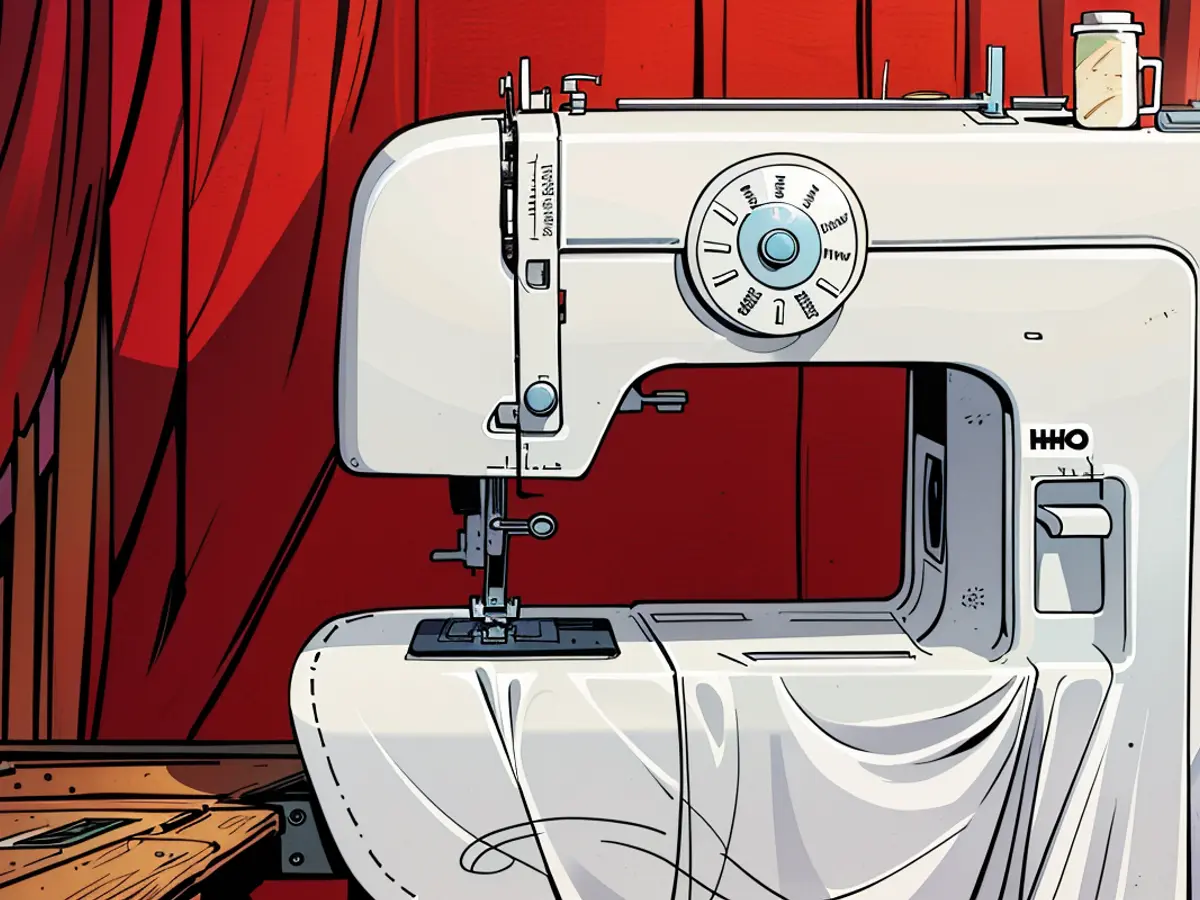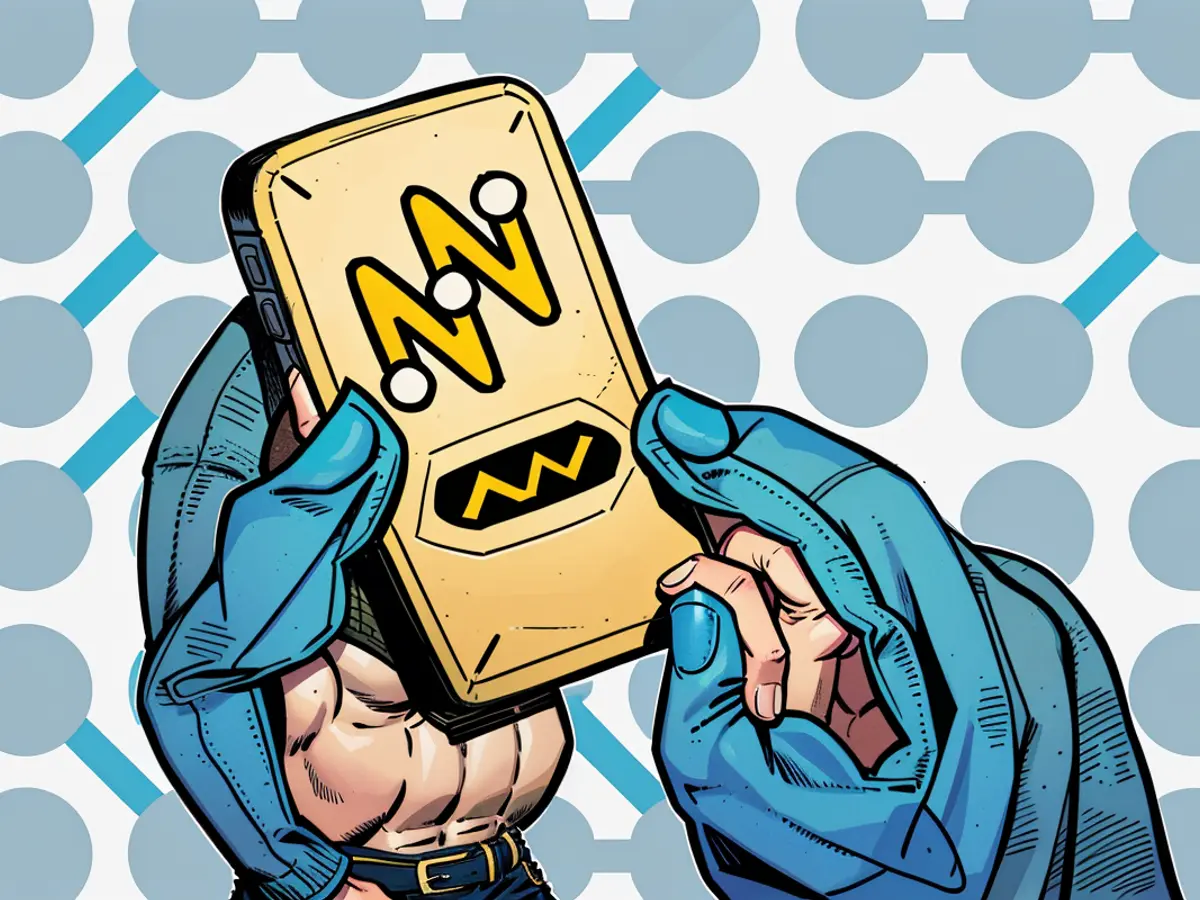If Your Sewing Machine Encounters Regular Issues, Consider Examining These Frequent Problems
A sewing machine is an incredibly handy tool to have, yet it often ends up gathering dust in your closet due to some minor issues preventing it from functioning properly last time you used it. Fortunately, numerous common sewing machine glitches can be solved quickly and easily without requiring a trip to the repair shop.
Perform a quick checkup on your machine to determine the root cause of the problem and potentially get it running smoothly once more. You'll find numerous tutorials and blogs online that offer specific solutions tailored to your machine model. Remember to consult your machine's manual, as every model has its unique characteristics and quirks.
Assess the thread and bobbin tension
If the thread keeps twisting or the stitching appears unusually flawed, it might indicate that the tension is off-balance. Typically, a sewing machine utilizes two threads: one from the thread spool on the machine's top and passes through the needle, and another from the mini spool, called the bobbin, situated beneath (it often resembles this shape). Properly adjusted, these two threads should intertwine while creating each stitch.
If either thread is overly taut, it may cause the stitches to warp. For instance, if the underside of your fabric seems to be one overly tight thread topped with loose loops, you may need to adjust the bobbin thread's tension or loosen the top thread's tension.
Verify both threads. Did you thread the machine correctly, and was the bobbin loaded appropriately? If everything looks fine, double-check the tension settings for both threads. The top thread's tension is usually adjusted using a knob on the machine's front, whereas the bobbin thread's tension can be adjusted by turning the screw on the bobbin case (righty-tighty, lefty-loosey). Check if your machine comes with a small screwdriver designed for this purpose; if not, consider investing in a sewing machine repair kit.
Examine the needle
For a needle to glide smoothly during sewing, it needs to be straight, sharp (unless you prefer using a ballpoint needle), and properly installed. Check that the needle isn't bent, and replace it if you're unsure of the last time it was changed. Ensure that one side of the needle is facing the back of the machine, although your machine's manual can provide clarification in case of any doubt.
Different fabrics demand different needles, so make sure you're using the appropriate one. If the machine continually skips stitches, it may be due to the use of an inappropriate needle. Machine needles arrive in a variety of sizes and materials, from sharp to ballpoint. To identify the type you have, examine the needle package. Stocking a collection of various needle sizes and types can be useful for troubleshooting purposes; consider purchasing a packet like this.
Ensure essential settings are enabled
If the machine refuses to sew, you probably overlooked enabling a switch someplace. First, check the obvious: is it plugged in and the pedal is attached? Make certain the presser foot is fully lowered.
If the needle doesn't move, the bobbin winder might be active. The bobbin winder allows the motor to wind the bobbin instead of sewing; this feature can deactivate the sewing apparatus during winding. Modern machines have a switch to toggle, while older machines may require you to turn the wheel situated inside the handwheel on the machine's side.
If the needle moves but the fabric fails to feed through the machine, check the feed dogs. They are the sharp ridges beneath the needle that help move the fabric during sewing. Ensure the feed dogs are not switched off, a common occurrence due to accidental pressing, and assess the pressure provided by the presser foot. Lastly, avoid forcing an excessive number of layers of fabric through at once.
Maintaining Regular Cleaning
While checking potential issues, don't forget about maintaining your machine through regular cleaning. Open up the bobbin case and other accessible areas, remove lint, and apply oil as directed by your machine's manual. "Sewing machine oil" is actually mineral oil; avoid using WD-40. A comprehensive cleaning kit containing brushes and tweezers may prove beneficial for reaching hard-to-reach areas.
After finding tutorials online, you might discover that adjusting the thread tension could help fix the issue with your sewing machine. If the thread is too tight, it might cause the stitches to warp, creating an overly tight thread on one side and loose loops on the other. In such a case, you may need to loosen the top thread's tension or adjust the bobbin thread's tension using your sewing machine repair kit.
Remember to routinely maintain your sewing machine by cleaning it thoroughly. A comprehensive cleaning kit can be helpful in reaching hard-to-reach areas, and using sewing machine oil, which is actually mineral oil, is recommended instead of WD-40 to keep your machine in good condition. So, if you're having trouble with your sewing machine, consider these tips first before looking for professional help at home.








